Shabu-shabu (しゃぶしゃぶ) is a hotpot dish of thinly sliced meat and vegetables. The food is cooked piece by piece by…
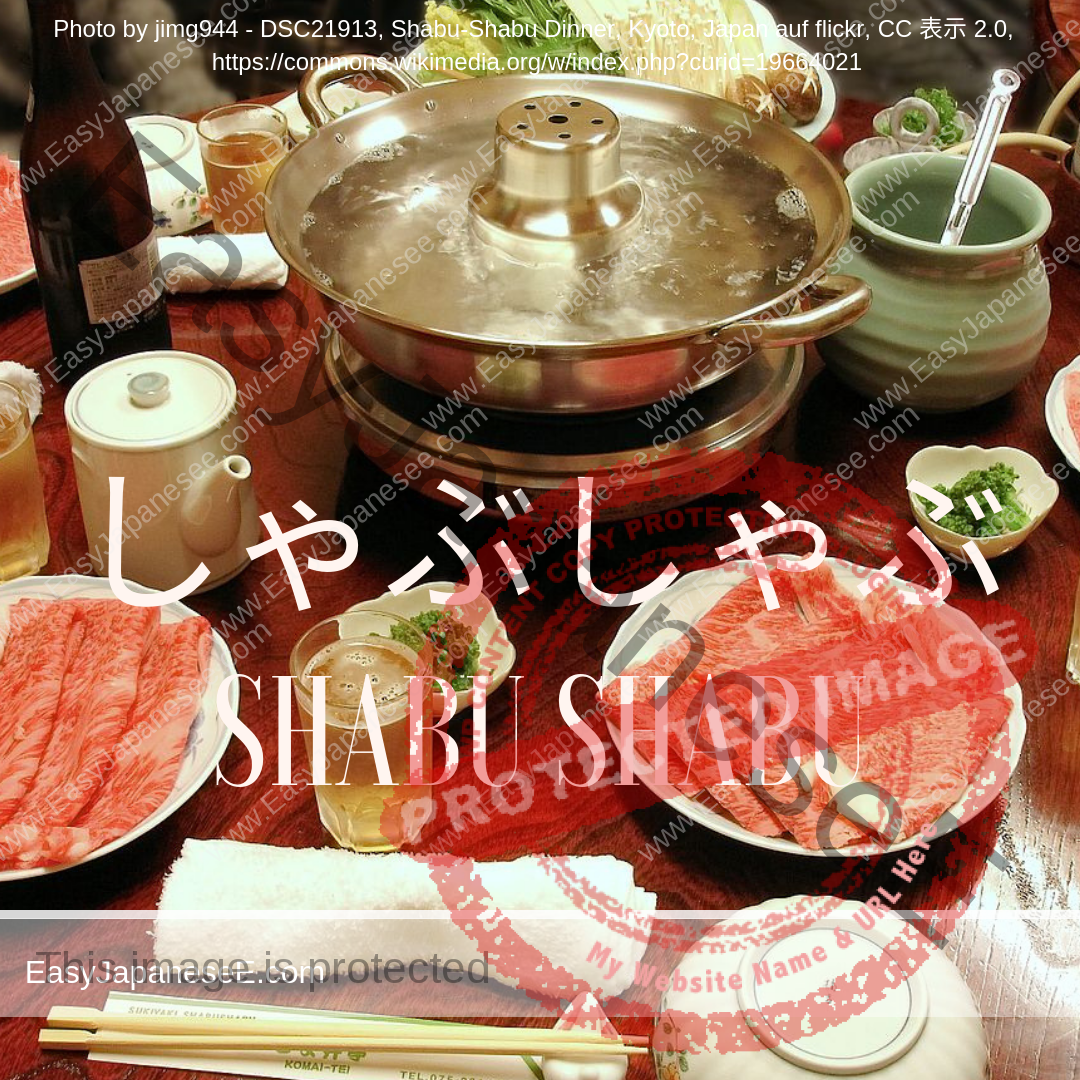

Shabu-shabu (しゃぶしゃぶ) is a hotpot dish of thinly sliced meat and vegetables. The food is cooked piece by piece by…

Today’s sound comparison is between ゆめ and ゆうめい. Listen and repeat the sound over and over again so that you can hear them apart easily.

#長 is a character and it makes its own radical although characters with that radical are not part of the…
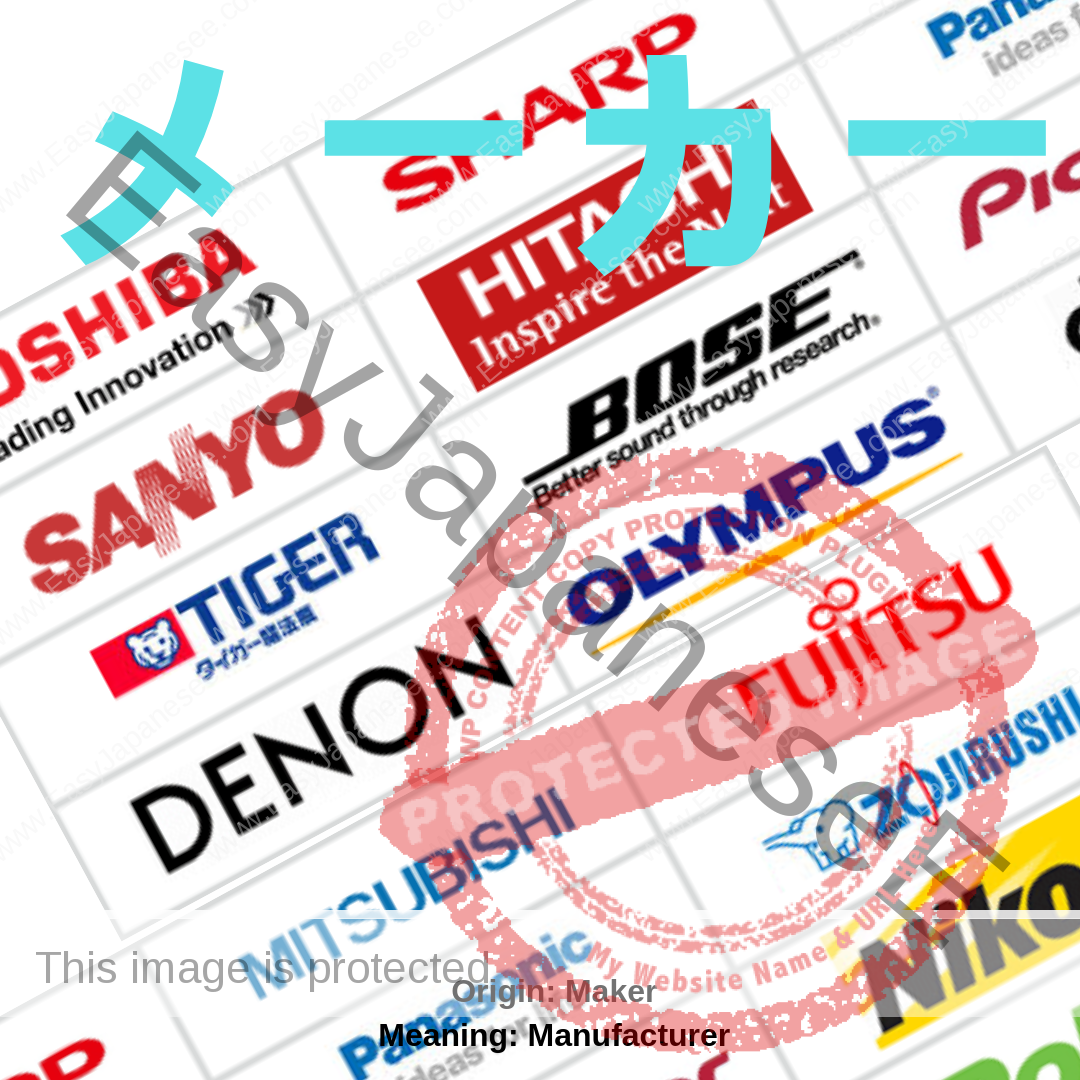
メーカー is the transliteration of the English word “maker” but the meaning is slightly different. メーカー in Japanese usually…
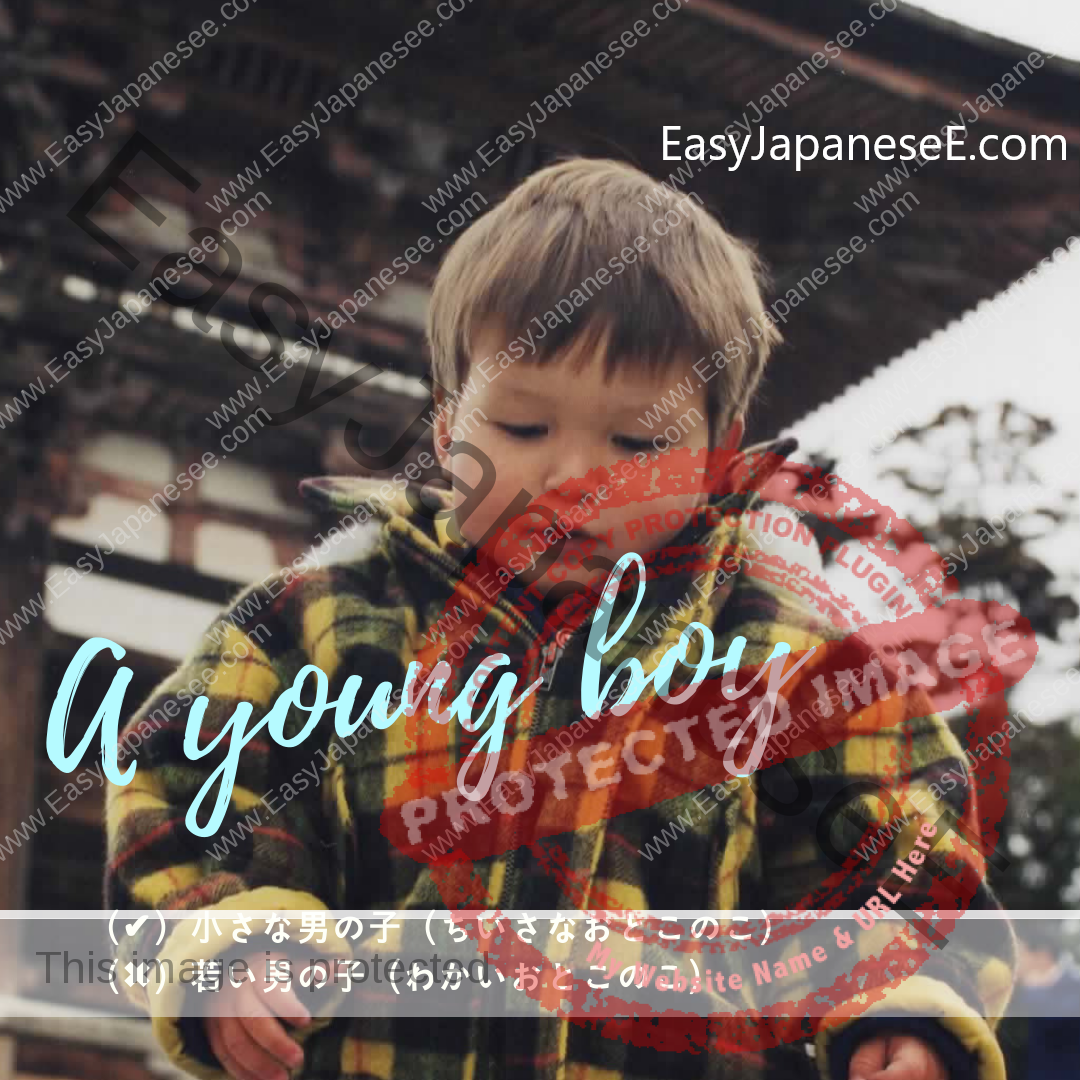
Often the English word “young” is translated as 若い (わかい/wakai). However, the Japanese word 若い is closer to “youthful” than…
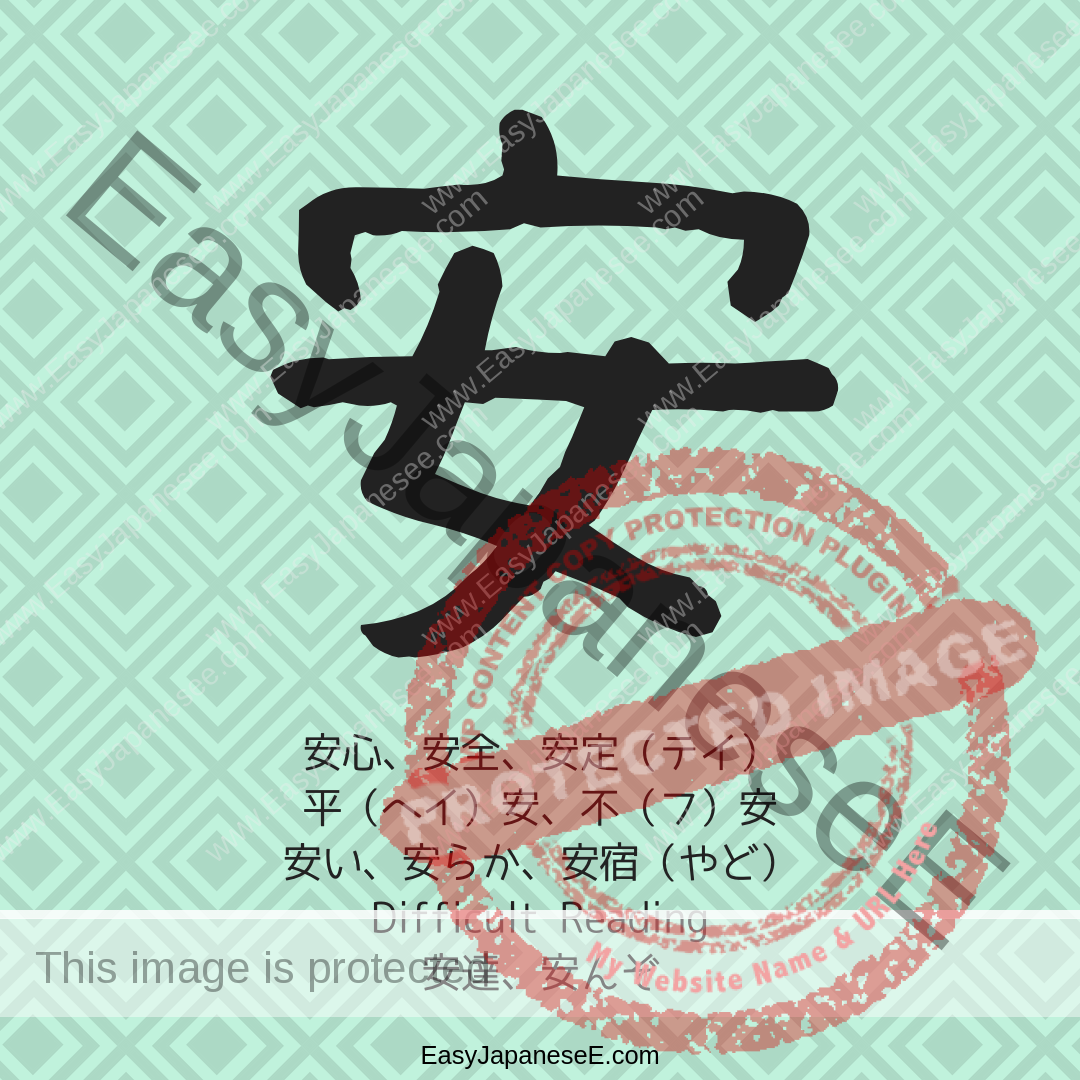
#安 is made of #うかんむり and 女 (female). うかんむり is associated with a house – “having a woman in the…
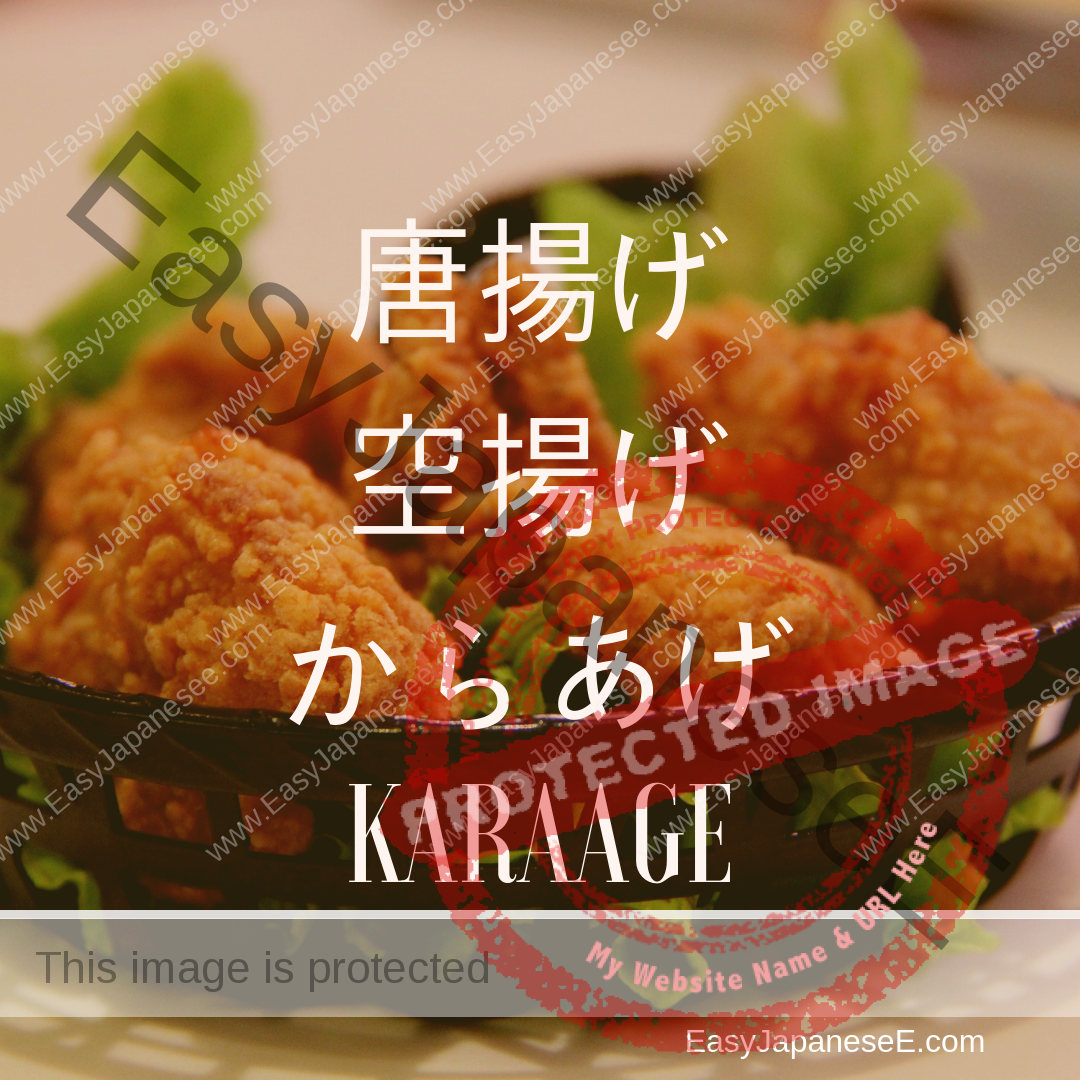
I have talked about カツ(katsu)/フライ(furai) and てんぷら(tempura) already and からあげ(karaage) is the third type of fried food in Japan I’m…
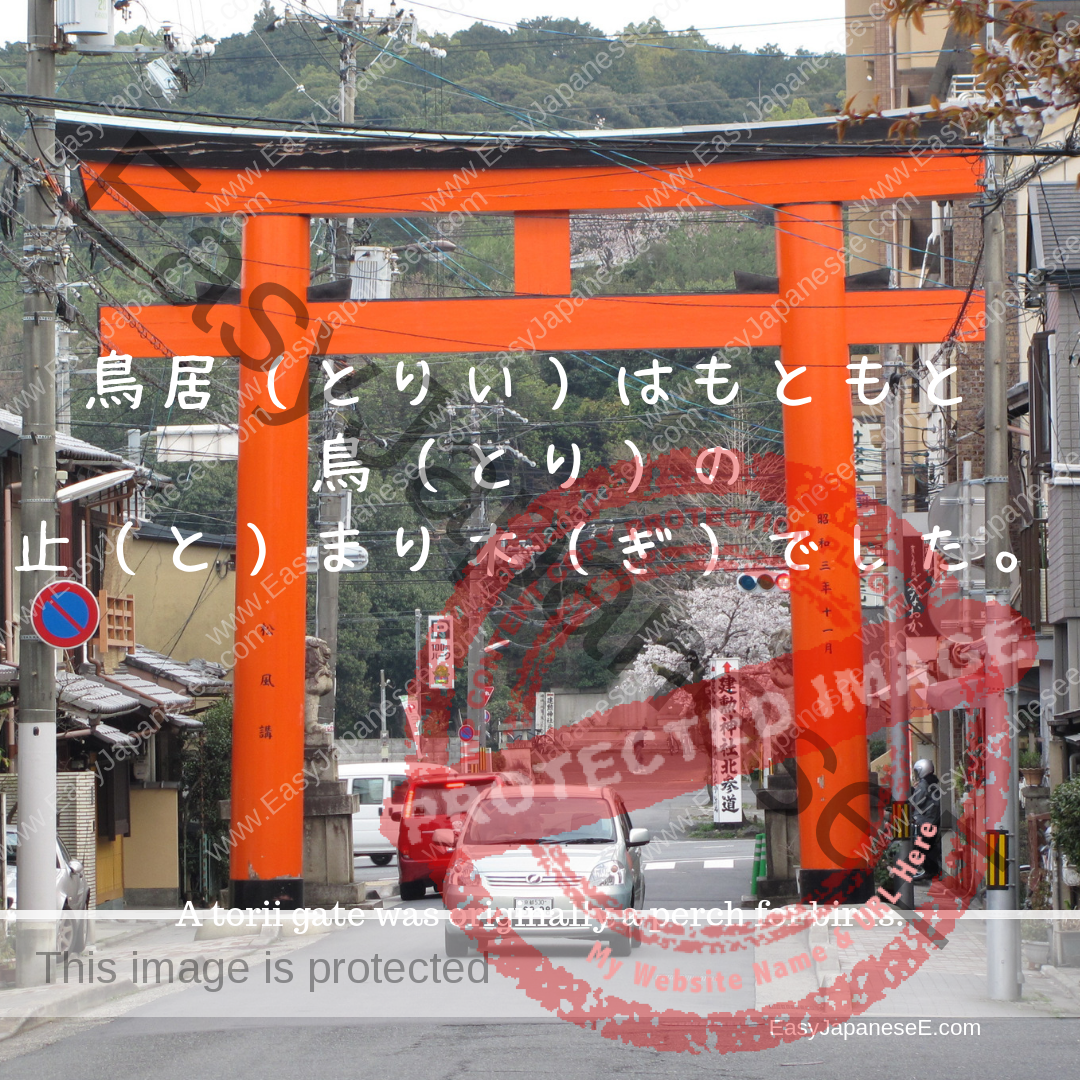
Today’s sound comparison is between とり and とりい. Listen and repeat the sound over and over again until you can hear them apart easily.
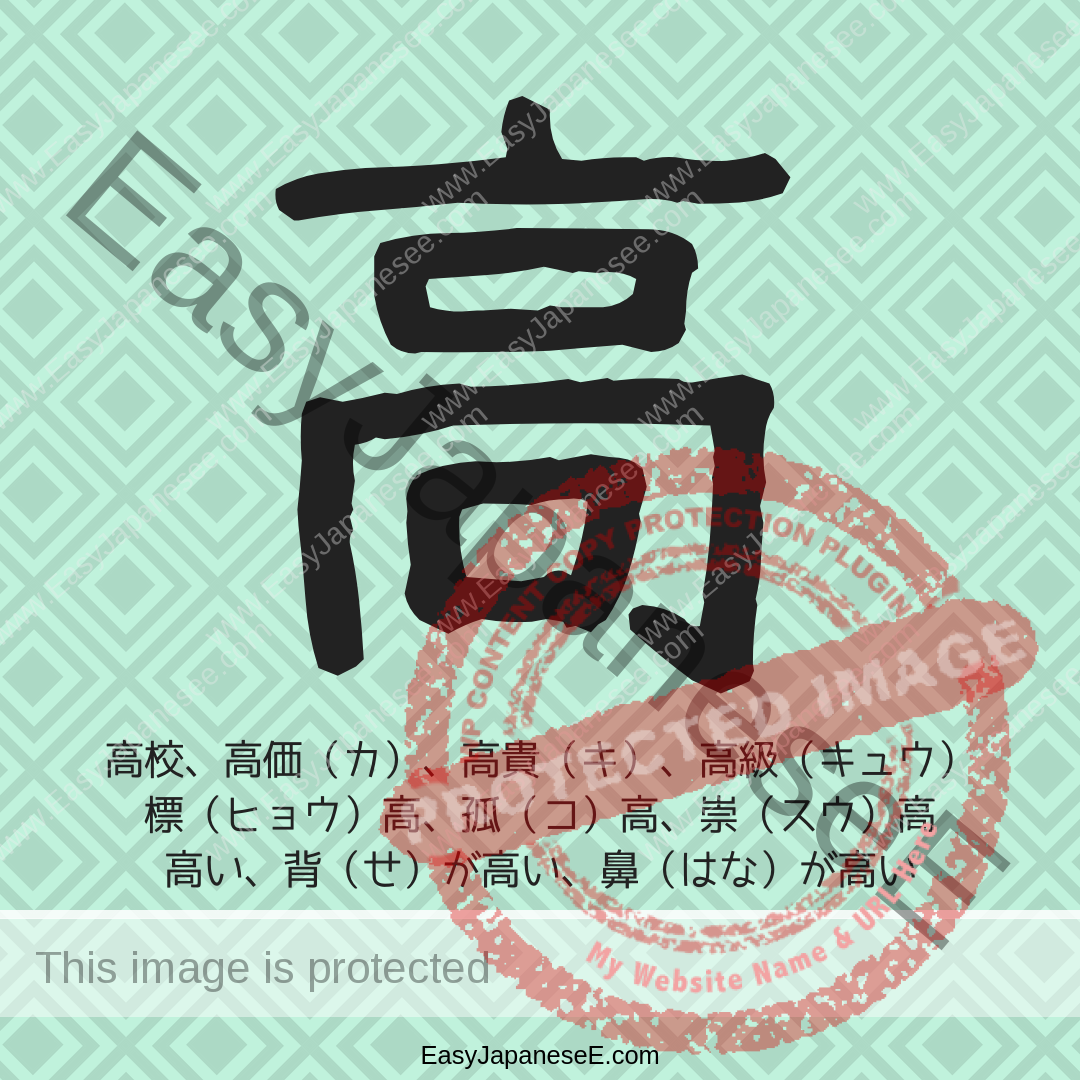
Although #高 looks as if it is made of many different parts, it makes its own radical and it is…
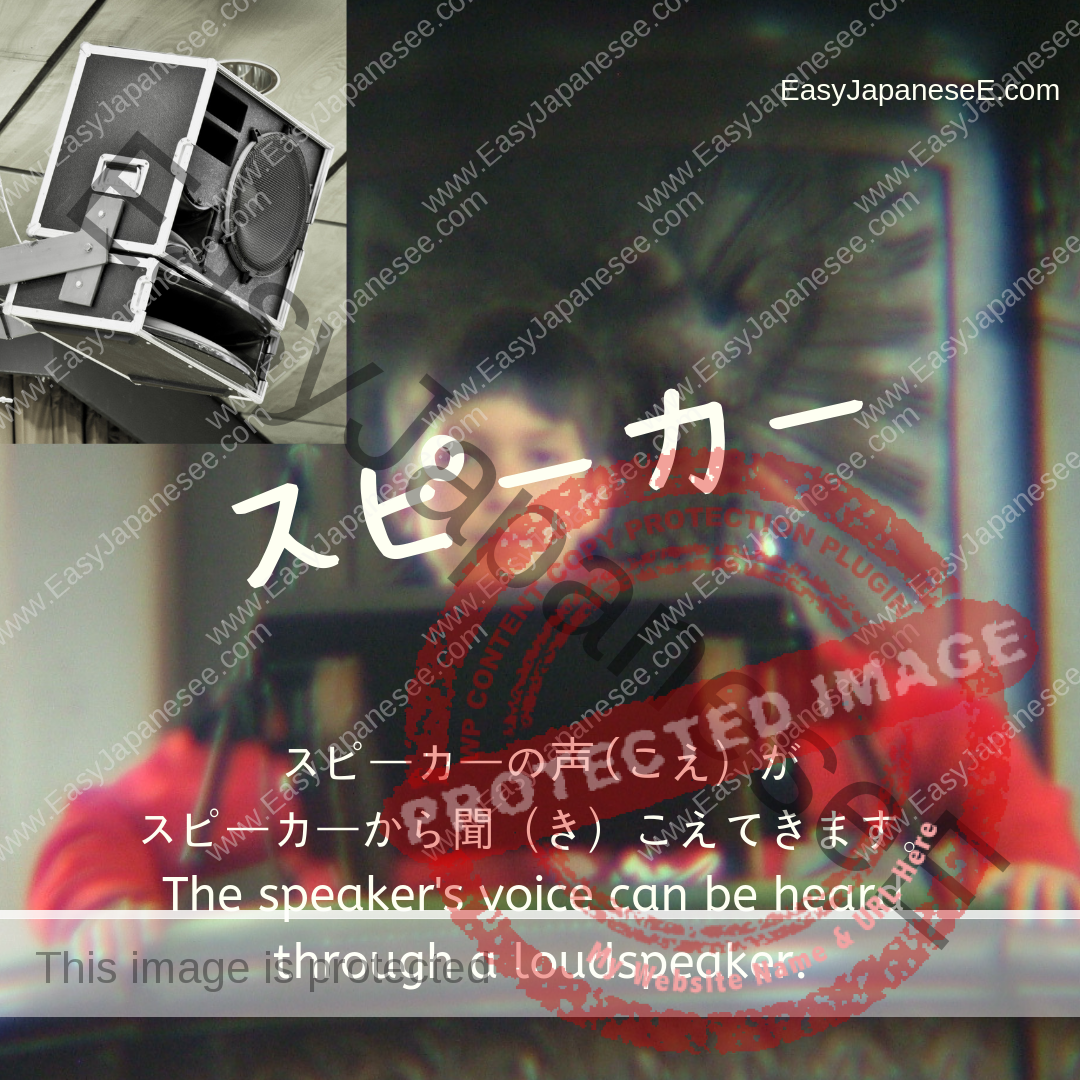
スピーカー is a Katakana transliteration of the English word “speaker.” スピーカー in Japanese can sometimes mean a person who is…
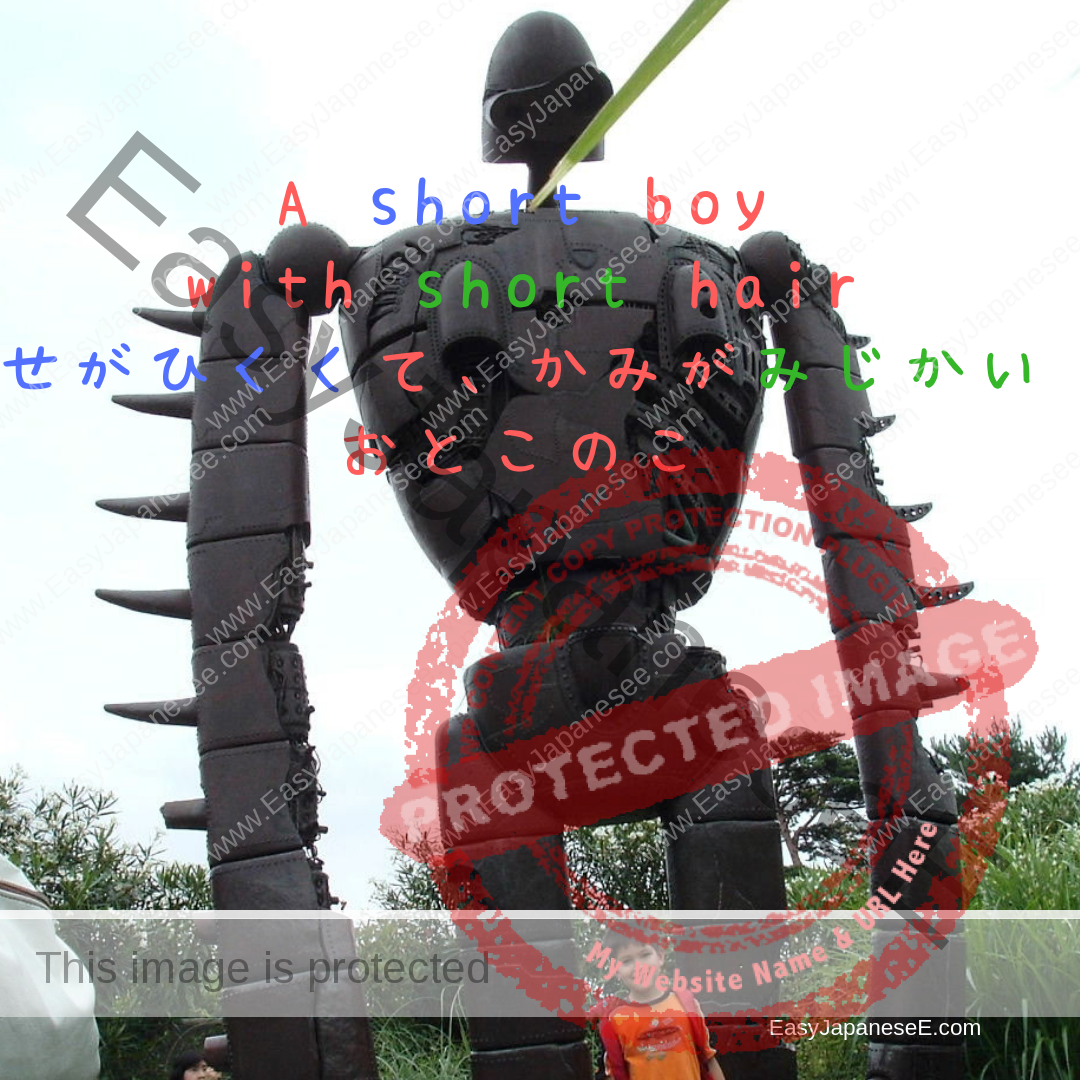
The English words, “short,” has 2 equivalents in Japanese. 背(せ)が低(ひく)い: “short” as opposed to “tall” and 短(みじか)い: “short” as opposed…
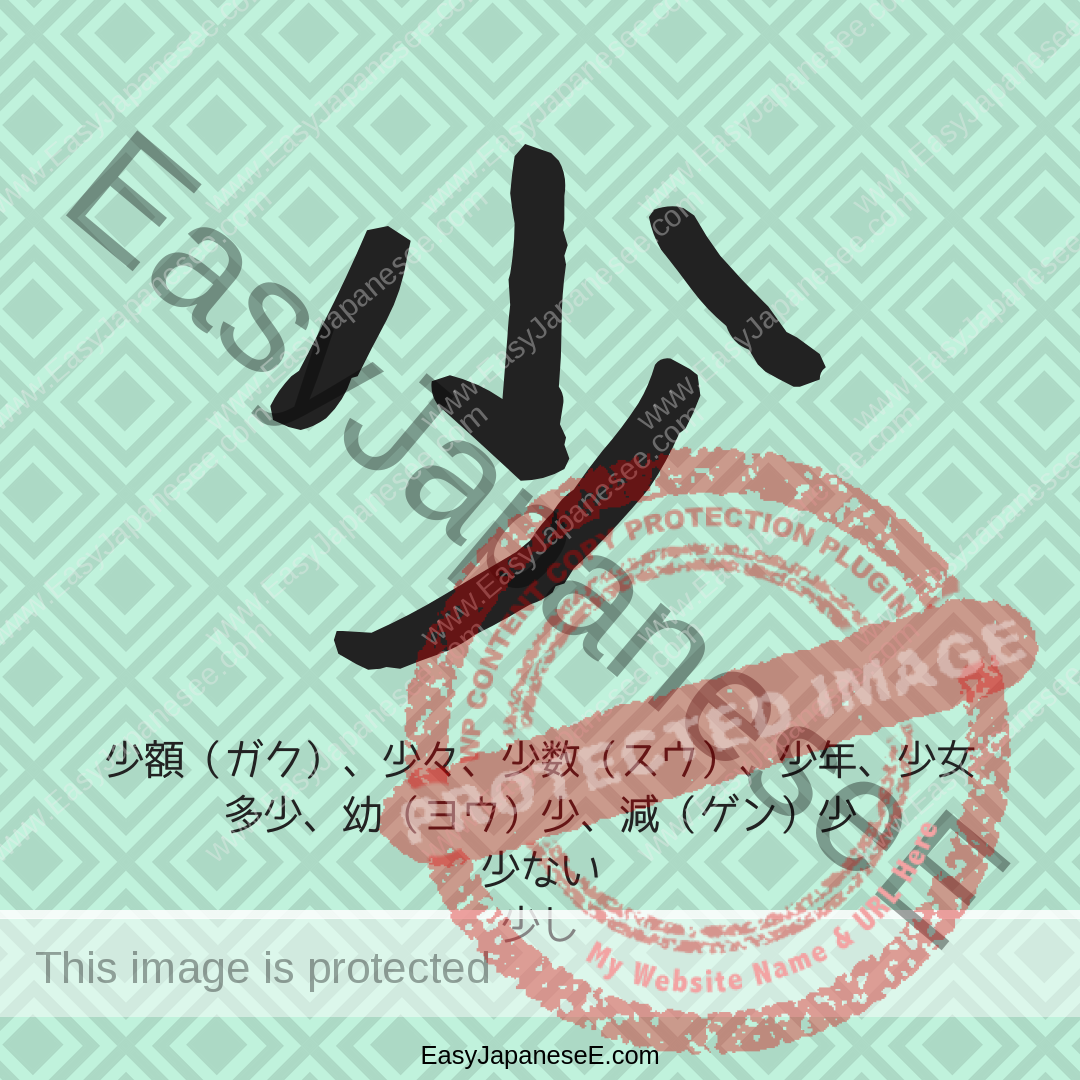
#少 is listed under the radical of #小. With one stroke added to 小, 少 is a logo-graph which depicts…
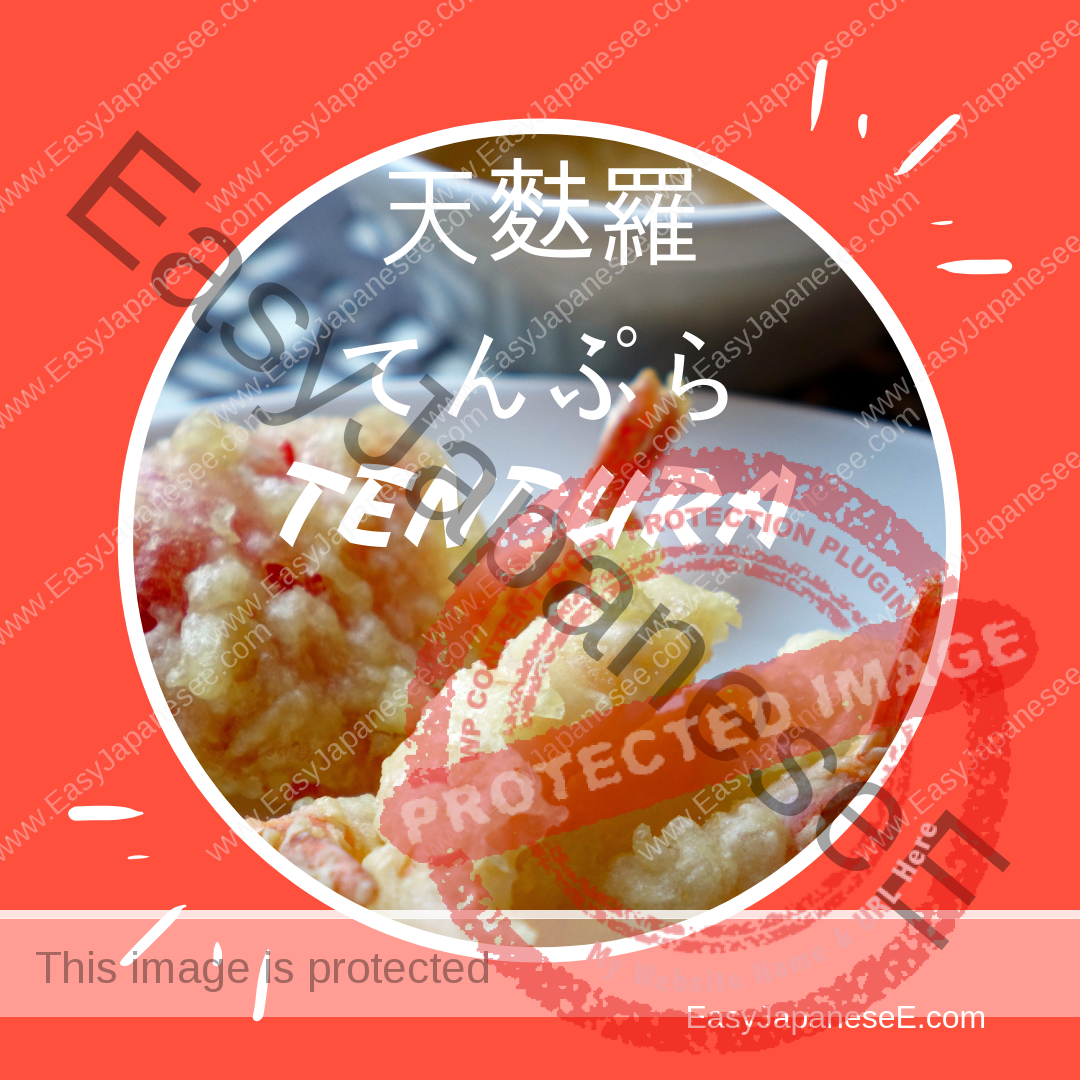
Tenpura is a deep fried seafood or vegetable in a very light batter. It is one of the most well-known…

#多 is listed under the radical of #ゆうべ(夕/evening). With 2 夕 put together, 多 means something that continues unlimitedly from…
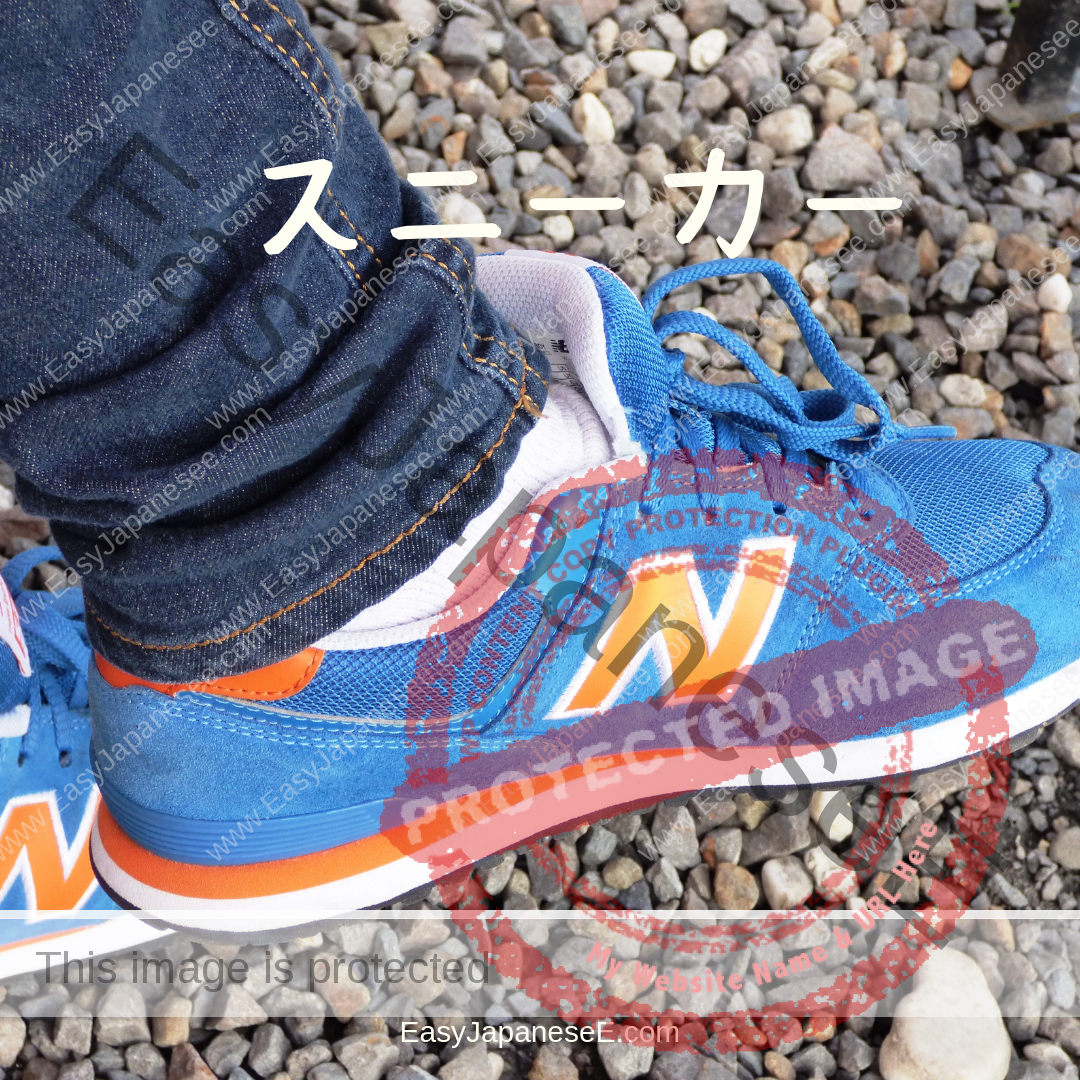
Today is カタカナ かようび and today’s word is スニーカー. In Australia, we call these shoes “joggers” and in England they…
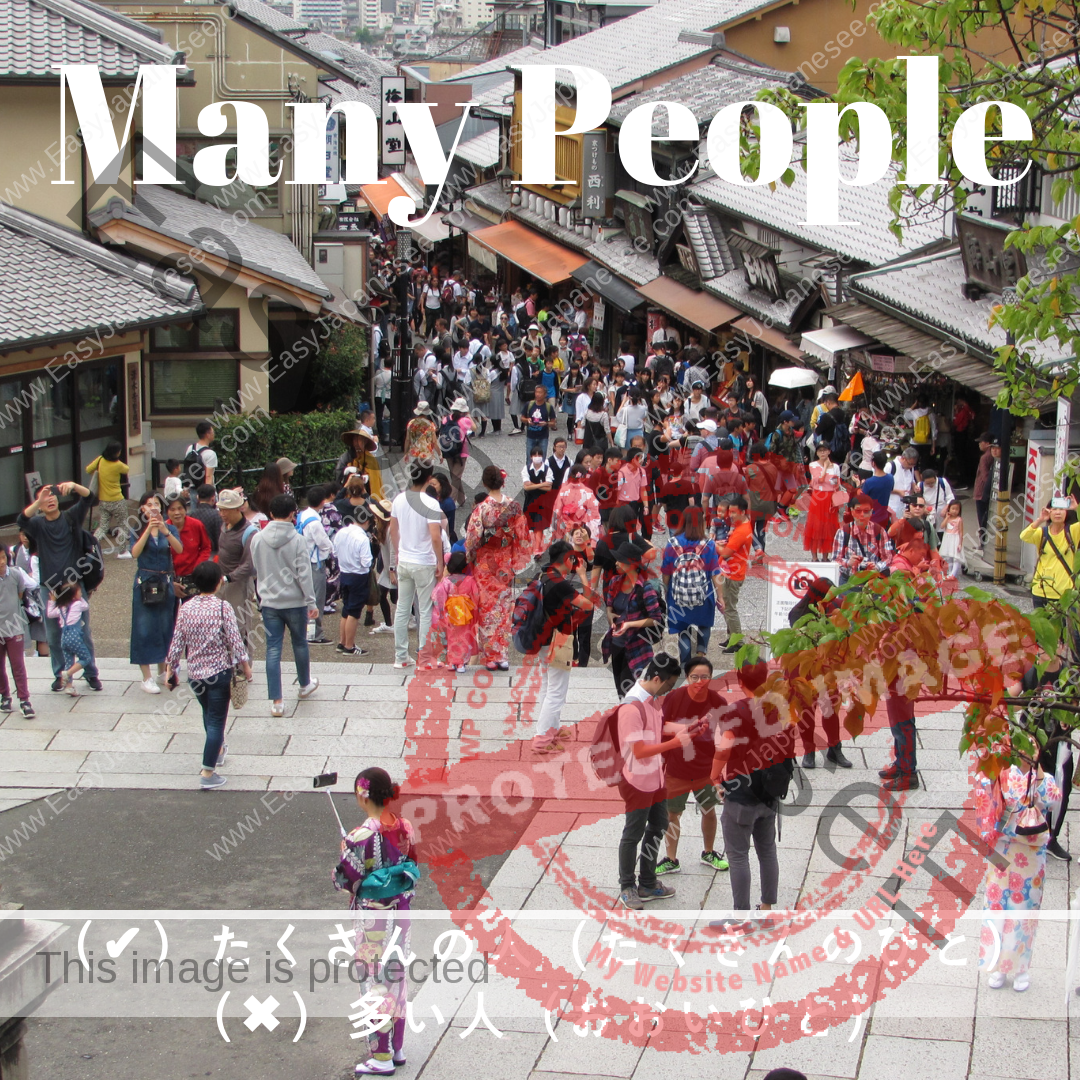
多い(おおい/ooi) means “a lot” and it is an いadjective, but 多い is never used in front of a noun. If…
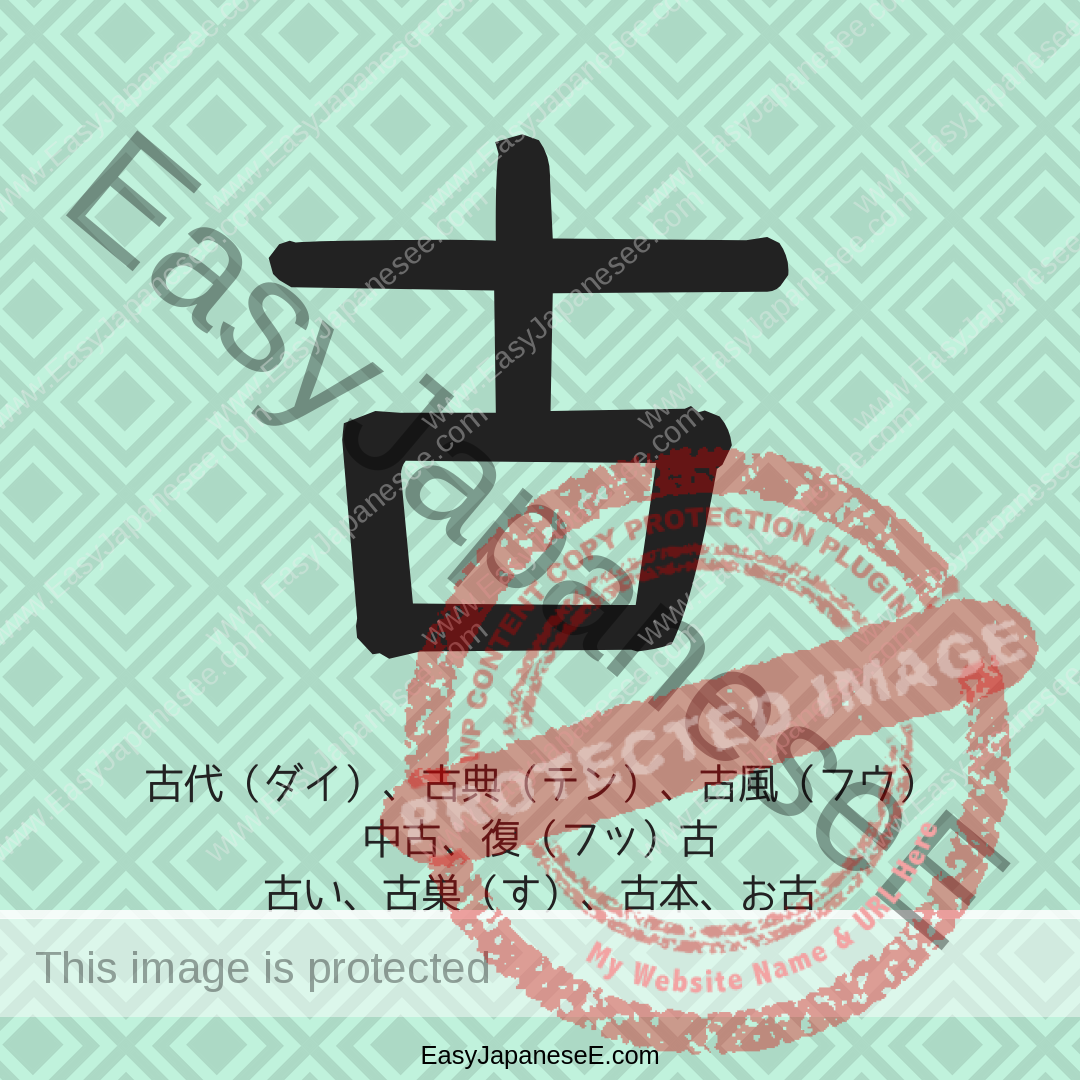
#古 is listed under the radical of #くち(口/mouth), 口 combined with 十 (10), 古 means “something which has passed down…
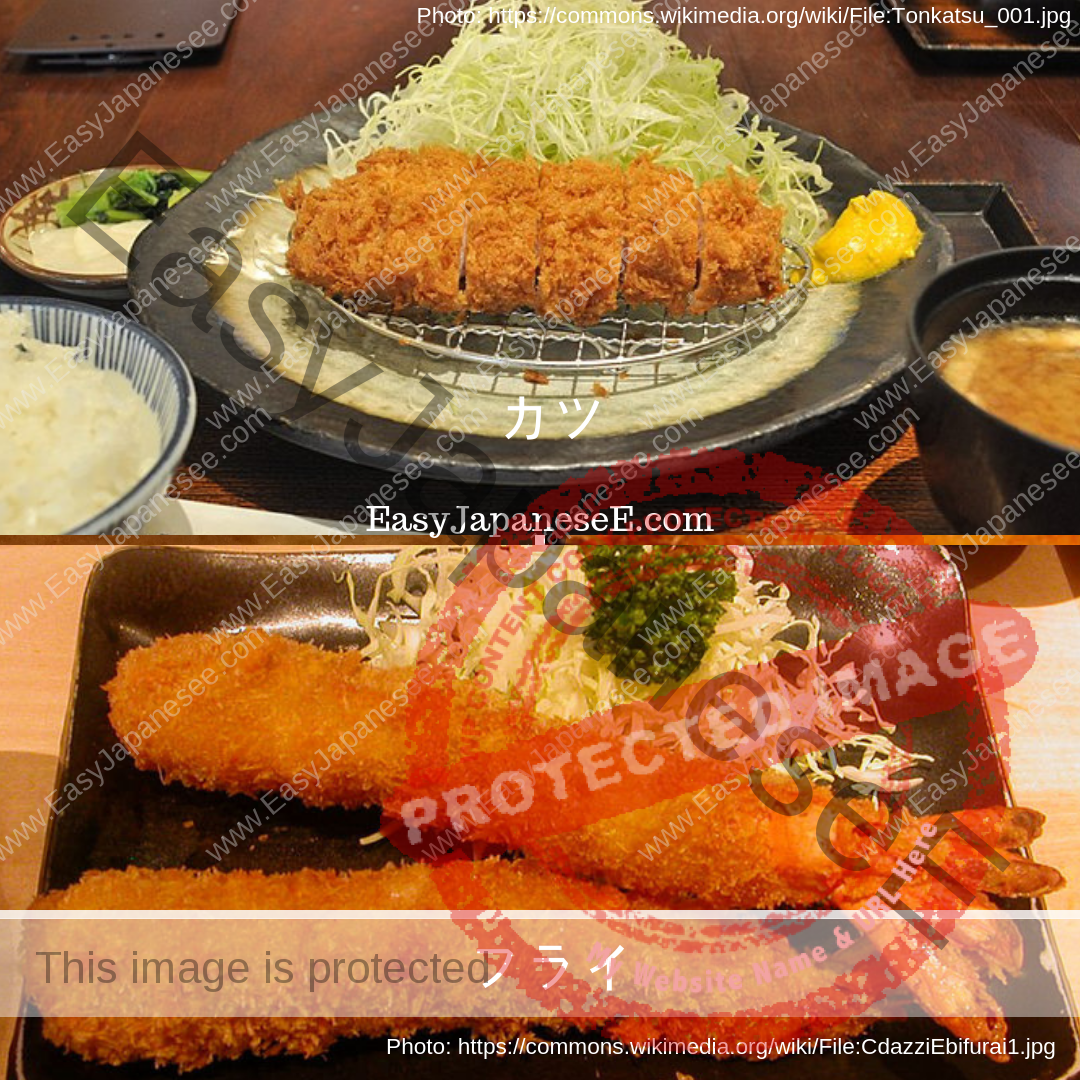
カツ and フライ are both deep-fries coated with bread crumb (パン粉/ぱんこ). カツ is usually meat (ビフカツ/bihukatsu – beef, トンカツ/tonkatsu –…
This post explains and demonstrates the sound difference between ビル and ビール. Listen to the audio clips and practise saying them!

#新 is listed under the radical of #おのづくり(斤). 斤 means “an axe” so 新’s original meaning was “to cut down a tree,” from which the meaning of “new” was developed.
